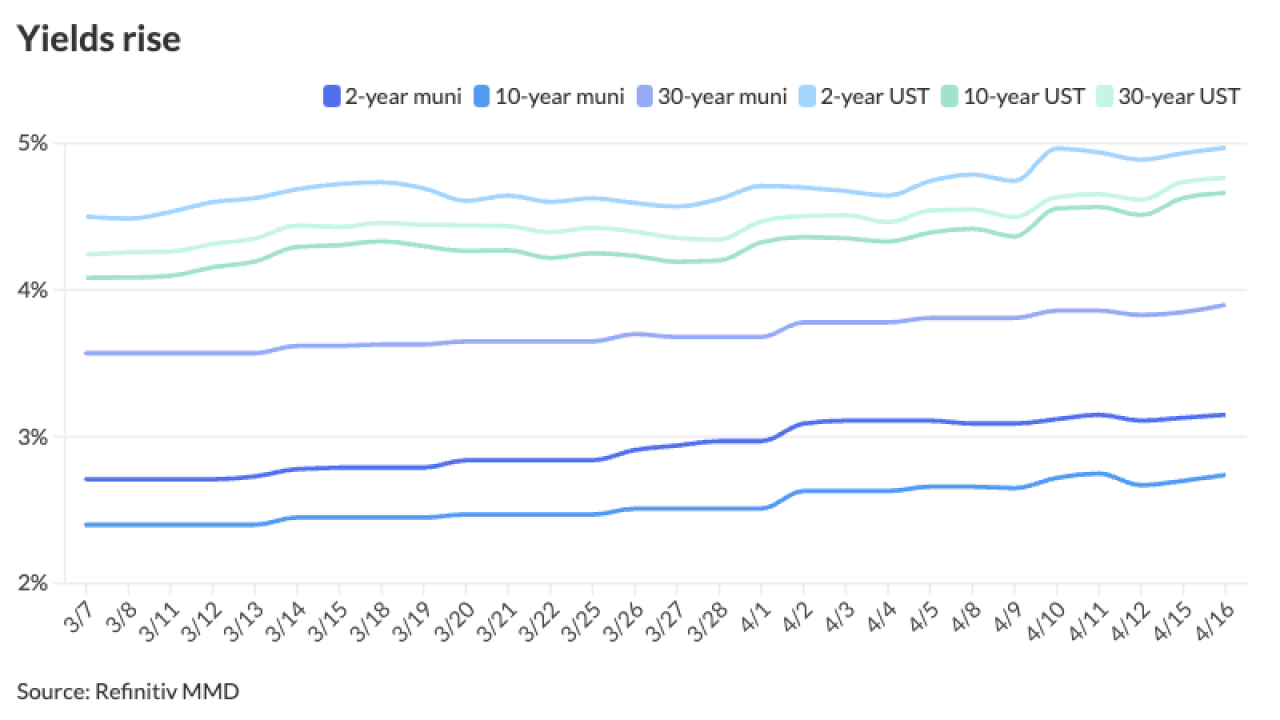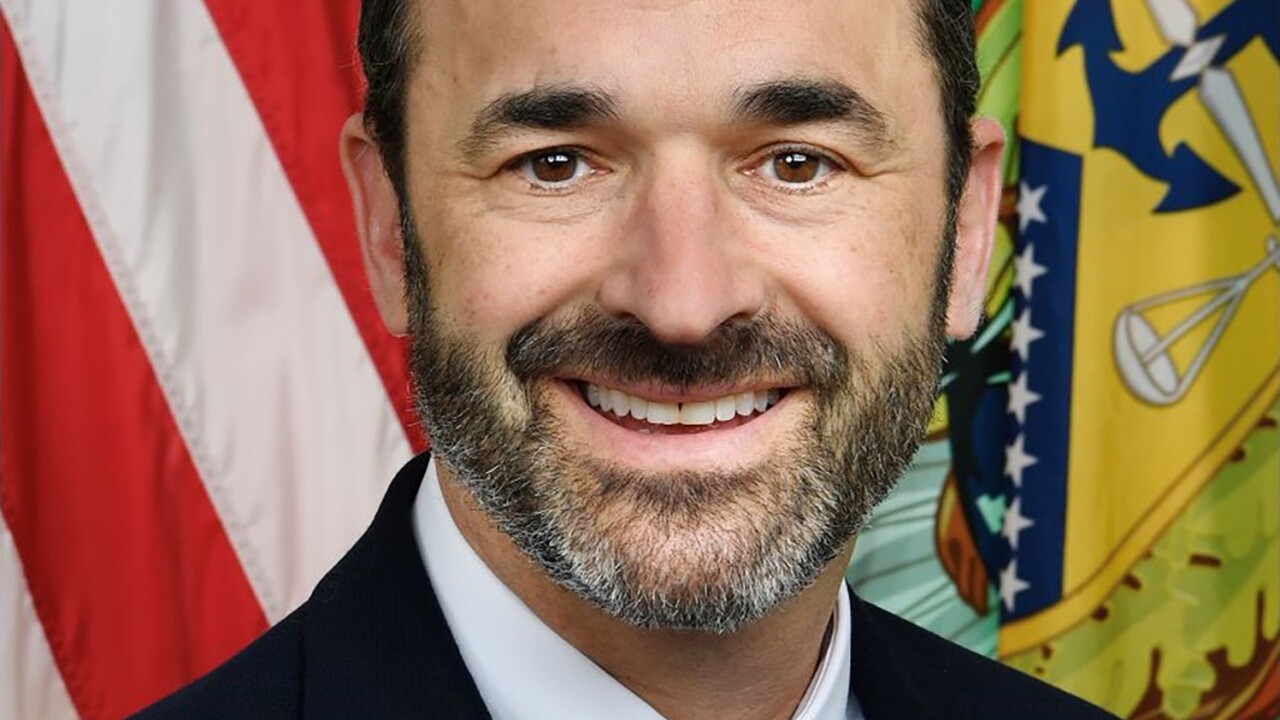WASHINGTON - Marking the 10th anniversary of Allegheny Health, Education, and Research Foundation's historic bankruptcy filing and payment default, Moody's Investors Service issued a report yesterday on the lessons learned from that debacle and the challenges still facing nonprofit hospitals.
With $2 billion in revenue and $555 million of outstanding debt, the Pittsburgh-based chain of hospitals declared bankruptcy on July 21, 1998, a move that was triggered by both external, industry-wide forces as well as the organization's poor management and governance failures following its vast expansion, Moody's said. The Securities and Exchange Commission later sanctioned AHERF for overstating net income by millions of dollars and masking a seriously deteriorating financial condition.
Today, just as in 1998, two government programs - Medicare, which provides health care to the elderly, and Medicaid, which provides medical care to the poor - contribute half of the revenues nonprofit hospitals receive. This, in turn, means that federal and state funding and regulatory decisions still have a disproportionate impact on the hospitals' financial positions, Moody's said.
Both entitlement programs, especially Medicare, remain a key concern given their huge claims on federal government revenues and Medicare's forecasted insolvency in 2019. In addition many market participants predict hospitals, to reduce their costs, will be forced to reduce their reimbursement rates, similar to the reduction that occurred a decade ago under the Balanced Budget Act of 1997, Moody's said.
Despite the presence of industry-wide pressures in 1998 that contributed to AHERF's downfall, Moody's said that the bankruptcy was largely spurred by decisions made by the organization itself - "weak governance, poorly executed strategies, lack of refined leadership, and absence of methodical execution."
"Today, hospitals that have learned from AHERF's missteps are in a better position to weather the new challenges facing many hospitals nationally and preserve credit quality and bond ratings," Moody's said.
The preeminent lesson, according to analysts, is that strong governance and oversight of management ensure accountability. AHERF's board of trustees provided minimal guidance to a management team that dominated the system's decision-making and was not held accountable for its actions, which included growing from a single-site facility - Allegheny General Hospital in Pittsburgh - to 14 hospitals in Pittsburgh and Philadelphia within a few years.
According to Moody's, the system's quick expansion underscores another lesson - disciplined growth strategies need to be supported by rigourous financial planning.
Another AHERF lesson revolves around its move from owning no physician practices to employing over 500 physicians , primarily through practice acquisition and paying the physicians large sums of money in advance for future earnings. Losses quickly accumulated at the physician practices, largely because they were governed by contracts that did not include productivity measures. Physician integration is critical to grow market share, but needs to be methodical and measured, the rating agency said.
A further lesson is that information systems are critically important for cost and revenue management as well as to differentiate clinical quality, Moody's said. Though AHERF attempted to leverage its market position with exclusive "capitation contracts" - in which an insurer paid a predetermined per-person charge for treatment - the hospital system did not have adequate infrastructure and technology to identify and manage the risk associated with those kinds of contracts.
Moody's also emphasized that better disclosure of financial performance of all operations and obligations of a health system is essential for a more complete picture of financial health and market credibility.
Successful health care systems, which can be highly complex organizations with multiple subsidiaries, hold individuals businesses accountable for operating performance but also take a "system approach" to managing and identifying both direct and indirect risks, Moody's said.





